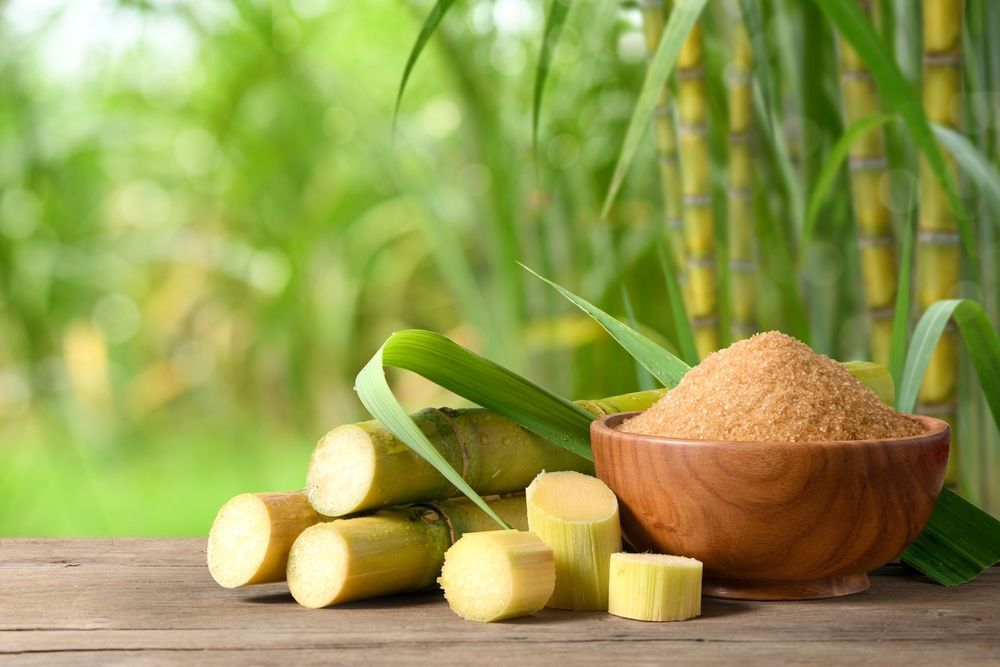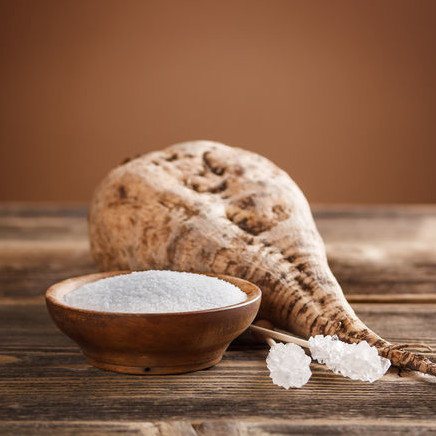Discover the Uses and Perks of Beet Sugar Vs Cane Sugar in Your Daily Diet
Exploring the distinctive top qualities of beet and cane sugar exposes even more than just their sweetening capacities; it highlights their one-of-a-kind influence on wellness and culinary arts. Beet sugar, understood for its subtle taste, is often favored in fragile desserts, whereas cane sugar, with its tip of molasses, includes richness to durable recipes. Each kind holds its own dietary account and glycemic implications, welcoming a much deeper understanding of their functions in a balanced diet plan and lasting usage methods.
Origin and Manufacturing Processes of Beet and Cane Sugar

The unique environments and dirt types needed for expanding sugar beetroots and sugarcane add to distinctions in their farming practices and geographic distribution, influencing the economics and sustainability of their production. beet sugar vs cane sugar.
Nutritional Contrast In Between Beet Sugar and Cane Sugar
Despite originating from different plants, beet sugar and cane sugar are nutritionally really similar, both mainly consisting of sucrose. Each supplies concerning 4 calories per gram, converting to roughly 16 calories per tsp. Structurally, both sugars are composed of around 99.95% sucrose, with very little quantities of various other substances like wetness and trace element, which do not substantially alter their dietary accounts.

Ultimately, when picking in between beet sugar and cane sugar based upon nutritional material alone, both offer identical benefits and drawbacks as they are basically types of the very same molecule-- sucrose, offering quick power without various other nutrients.
Impact on Health And Wellness: Glycemic Index and Caloric Content
Exploring further right into the results of beet sugar and cane sugar on wellness, it is important to consider their glycemic index and calorie material. The glycemic index (GI) of both beet and cane sugar is around 65, categorizing them as high-GI foods, which can trigger fast spikes in blood sugar degrees.
Each kind of sugar includes around 4 calories per gram, making their calorie web content equivalent. For those keeping track of calorie intake, particularly when managing weight or metabolic health and wellness problems, recognizing this equivalence is vital (beet sugar vs cane sugar). Nevertheless, extreme usage of any type of high-calorie, high-GI food can add to health and wellness issues such as obesity, heart illness, and insulin resistance.
Environmental and Economic Considerations of Sugar Manufacturing
Beyond health and wellness effects, the manufacturing of beet and cane sugar additionally elevates substantial environmental and financial problems. Sugar beet growing tends to require cooler climates and has a lower geographical impact contrasted to sugar cane, which grows in exotic regions. Both plants are extensive in terms of water usage and land line of work, potentially leading to logging and water shortage. Economically, find out here now the international sugar market browse around these guys is highly volatile, influenced by modifications in international trade policies and subsidies. Several nations incentivize sugar production with economic assistance, skewing market value and affecting small-scale farmers negatively.
In addition, the use of chemicals and fertilizers in both beet and cane sugar farming can result in soil degradation and pollution, additional influencing biodiversity and regional water bodies (beet sugar vs cane sugar). The option in between cultivating sugar beet or cane often rests on neighborhood ecological conditions and economic factors, making the sustainability of sugar production a complicated problem
Culinary Applications and Flavor Differences
While the ecological and economic aspects of sugar production are undoubtedly substantial, the choice between beet and cane sugar additionally affects cooking applications and flavor profiles. Beet sugar, derived from the sugar beet plant, is known for its extremely neutral taste.
Walking stick sugar, drawn out from sugarcane, commonly keeps molasses traces, which impart a distinctive richness and depth. This slight molasses taste boosts the complexity of baked products, sauces, and sauces. It is especially favored in items where a caramel touch is preferred, such as in brownies or gingerbread. The slight variation in dampness content in between beet and cane sugar can affect the structure and uniformity of dishes, making cane sugar a preferred option for certain dishes that profit from its one-of-a-kind residential or commercial properties.

Conclusion
To conclude, both beet and cane sugar have unique origins and manufacturing processes, supplying similar dietary profiles with minor differences in sodium web see this content and flavor. While their effect on health and wellness, particularly concerning glycemic index and calories, is equivalent, the selection in between them usually comes down to ecological, economic elements, and certain cooking demands. Understanding these aspects can direct customers in making notified decisions that straighten with their health and wellness goals and flavor preferences.